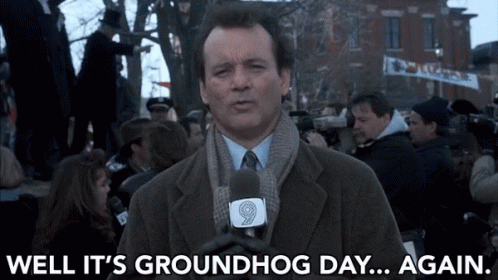Our world is seeming evermore fractured and scary, emotions are raw and real, knowing the “right” thing to say is unclear, and collectively it feels like we are walking on eggshells. Here at The Happy Hour, we have noted and sensed what our community is feeling: anger, fatigue, fear, injustice, and a general sense of “when is life going to feel normal again?”. We agree, times are stressful, and the world can seem like a knot too complex to untangle.
Despite our best efforts to keep routine and normalcy in our daily lives, the influences we encounter on social media, in the news, through our social circles, or even the energies we absorb from others can significantly shape our experiences. And while engaging as an active citizen, exercising your rights, and vocalizing your opinions are significant, it’s helpful to grasp and attend to the mental and emotional impact that uncertainty and discord may have on us. Understanding the impact of these triggers can help you to take care of yourself in the moment and to find tools for tending to your overall mental wellness.
We think it’s important to acknowledge the collective weight our community is feeling and offer guidance on understanding, tending to, and navigating the intense emotions that may arise in challenging times. Here are some tips that can help when the world feels too much.
Allow yourself to disconnect
It’s important to be knowledgeable about world events and participate in causes that are important to you, but there are limits. Humans are not designed to absorb all the world’s sadness and despair. From an evolutionary perspective, humans used to only be aware of the issues in their closest geographical location. Now, we are pummeled with tragedy after tragedy due to our 24 hour news cycle, and that can be very damaging. Our advice is to limit news to a manageable amount a day (10 minutes, 30 minutes, whatever sits right with you that day), and practice a small act of resistance or engagement into an issue when you have the space to do so. Give yourself permission to disconnect some to preserve your mental health. Acknowledge this privilege, act and help where you can, and practice gratitude for the peace you can create.
Practice “Fierce Compassion”
This is when anger is used to alleviate the suffering of oneself or others, or standing up for what is right. Compassion in this sense allows us to seek clarity about issues in our world, but keeps our perspective fair and balanced. Most people and situations don’t fit squarely into “good or bad,” because humans are complicated. Fierce compassion allows us to stand up to injustice without adding to the hatred of the world. (For more on this, see Dr. Kristin Neff, “The Mindful Self-Compassion Workbook.”)
Use this as a reminder to check in with yourself and your people
Everyone struggles, and many people often feel alone in their suffering. After acknowledging your own emotional space and capacity, turn that care to others by offering a space for them to feel heard.
We certainly don’t have all the answers, not even close. But the care you extend to yourself can ripple into healing for those in your immediate circle, your community, and beyond. In these moments, we must choose love over fear.
Please note: We are not a crisis resource.
If you are feeling unsafe, please call 855-CRISIS-1 (855-274-7471) and you will be routed to a trained crisis specialist in your area.
Listed below are other resources for urgent matters:
- Emergency – 911 If the person in crisis is already hurt, attempting to hurt themselves or others, and must be removed immediately.
- Psychiatric Assessment Service – 615-327-7000 Dedicated psychiatric emergency room.
- Mental Health Mobile Crisis Service – 615-726-0125 or 855-274-7471. If the person in question is suicidal. This service will pick them up immediately wherever you are in Greater Nashville.
- Vanderbilt PCC On-Call Crisis Response Line – 615-322-2571
- National Suicide Prevention Hotline: 1-800-273-TALK (8255)
